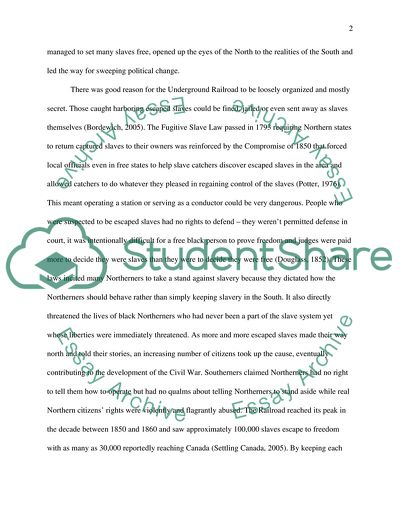Cite this document
(The Underground Railroad - Pathway to Freedom Research Paper - 1, n.d.)
The Underground Railroad - Pathway to Freedom Research Paper - 1. Retrieved from https://studentshare.org/history/1742858-the-underground-railroad
The Underground Railroad - Pathway to Freedom Research Paper - 1. Retrieved from https://studentshare.org/history/1742858-the-underground-railroad
(The Underground Railroad - Pathway to Freedom Research Paper - 1)
The Underground Railroad - Pathway to Freedom Research Paper - 1. https://studentshare.org/history/1742858-the-underground-railroad.
The Underground Railroad - Pathway to Freedom Research Paper - 1. https://studentshare.org/history/1742858-the-underground-railroad.
“The Underground Railroad - Pathway to Freedom Research Paper - 1”, n.d. https://studentshare.org/history/1742858-the-underground-railroad.


